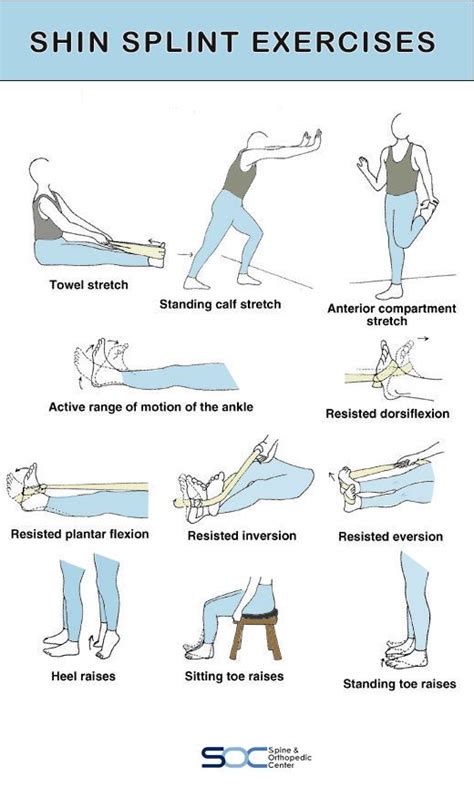How to Avoid Shin Splints: A Runner's Guide to Prevention
Shin splints, that nagging pain along the shinbone, are a common ailment for runners and athletes alike. But they're largely preventable! This guide will equip you with the knowledge and strategies to keep those shins happy and healthy.
Understanding Shin Splints
Before we dive into prevention, let's understand what shin splints actually are. Medically known as medial tibial stress syndrome (MTSS), shin splints are caused by inflammation of the muscles, tendons, and bone tissue surrounding your tibia (shinbone). This inflammation is often triggered by repetitive stress, such as running, jumping, or other high-impact activities.
Common Causes of Shin Splints:
- Overtraining: Gradually increasing your running mileage and intensity is crucial. Sudden increases put significant stress on your shins.
- Improper Footwear: Shoes lacking proper arch support or cushioning can contribute significantly to shin splint development.
- Poor Running Form: Running with a hard heel strike, for example, places extra stress on your shins.
- Muscle Imbalances: Weak muscles in your ankles, calves, and hips can lead to improper biomechanics, increasing the strain on your shins.
- Flat Feet or High Arches: These foot structures can affect how your weight is distributed, leading to increased stress on the shinbone.
- Hard Surfaces: Running frequently on concrete or other hard surfaces can exacerbate shin splint symptoms.
Preventing Shin Splints: Your Action Plan
Now for the good stuff – how to keep those shin splints at bay!
1. Proper Warm-up and Cool-down:
Essential! Never skip a warm-up before running. Start with 5-10 minutes of light cardio, such as walking or jogging, followed by dynamic stretches like leg swings and high knees. Cool down afterward with static stretches, holding each for 30 seconds. This improves blood flow and prepares your muscles for activity.
2. Gradual Progression:
Crucial! Avoid sudden increases in your running mileage, intensity, or frequency. Increase your weekly mileage by no more than 10% to allow your body to adapt gradually.
3. Invest in Supportive Footwear:
Non-negotiable! Choose running shoes with good arch support, cushioning, and stability. Visit a specialty running store for a proper fitting. Consider orthotics if needed.
4. Improve Running Form:
Highly Recommended! Focus on a midfoot strike, landing beneath your hips. This reduces the impact on your shins. Consider working with a running coach to refine your form.
5. Strengthen Supporting Muscles:
Important! Strengthen your calf muscles, ankle muscles, and hip muscles through targeted exercises. Include exercises like calf raises, ankle rotations, and lunges in your routine.
6. Choose Appropriate Running Surfaces:
Beneficial! Opt for softer surfaces whenever possible, like trails or tracks, to reduce impact.
7. Listen to Your Body:
Critical! Pay attention to any pain or discomfort. Rest or modify your activity if you experience shin pain. Ignoring pain can lead to more serious injuries.
When to See a Doctor
If your shin pain is severe, persistent, or doesn't improve with rest and conservative measures, it's crucial to consult a doctor or physical therapist. They can properly diagnose the issue and recommend appropriate treatment.
By diligently following these preventative measures, you can significantly reduce your risk of developing shin splints and enjoy a pain-free running experience. Remember, prevention is always better than cure!
